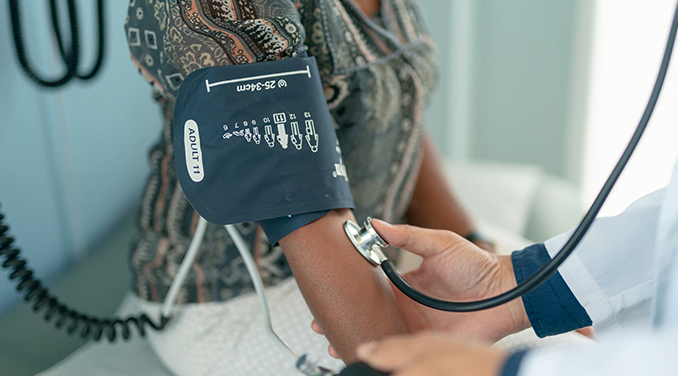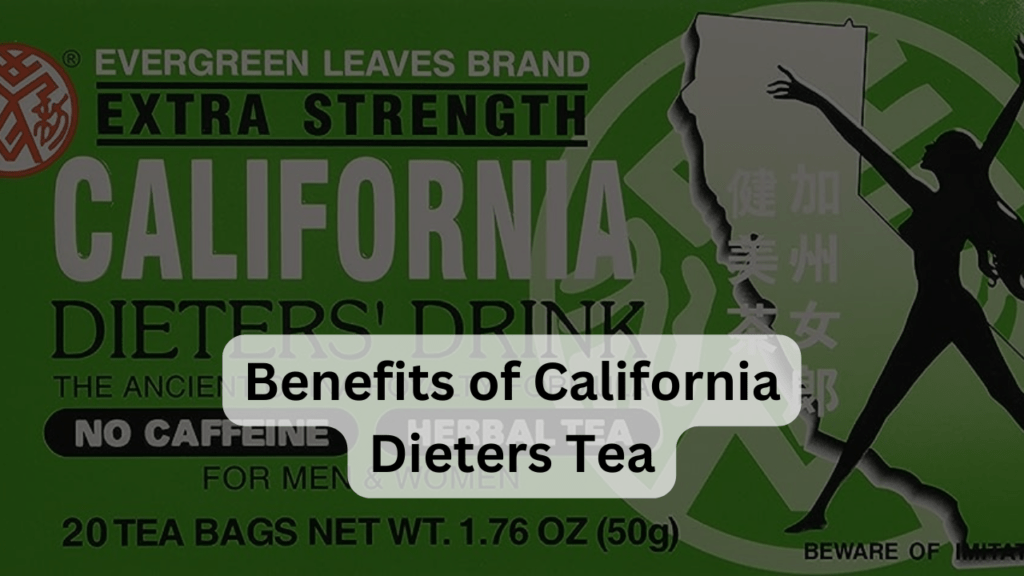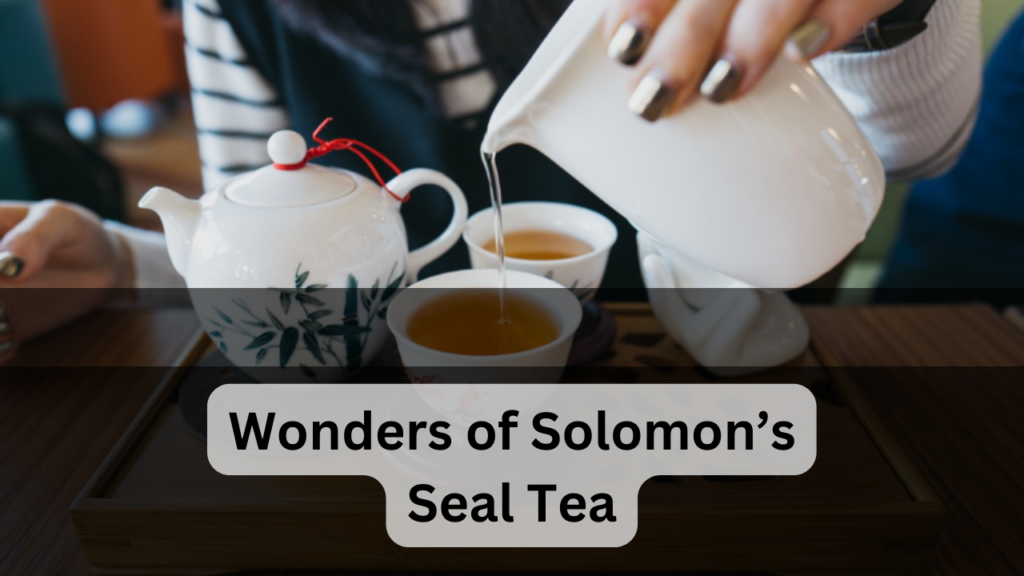The allure of a refreshing ice cube on a hot day is undeniable. But what if we told you that crunching on ice could also hold the key to lowering your blood pressure? While the idea might seem far-fetched, the question of “Does eating ice lower your blood pressure?” has sparked curiosity and debate for years.
In this article, we’ll dive deep into the science behind this intriguing notion, separating fact from fiction and exploring the potential impact of ice consumption on your cardiovascular health.
The Physiology of Blood Pressure
Before delving into the ice-blood pressure connection, let’s establish a baseline understanding of blood pressure itself. Blood pressure, measured in millimeters of mercury (mmHg), refers to the force exerted by your blood against the walls of your arteries. Two key values are assessed: systolic pressure, which is the peak pressure during a heartbeat, and diastolic pressure, which represents the resting pressure between beats.
High blood pressure, or hypertension, is a major risk factor for various cardiovascular diseases, including heart attack, stroke, and kidney failure. Therefore, maintaining healthy blood pressure levels is crucial for overall well-being.
The Ice-Blood Pressure Myth

The idea that eating ice can lower blood pressure stems from a few observations and theories:
- Temperature Regulation: Some believe that ingesting ice triggers a reflex response in the body, causing blood vessels to dilate in an attempt to cool down. This vasodilation, in theory, could lead to a temporary decrease in blood pressure.
- Iron Deficiency and Cravings: Individuals with iron deficiency anemia may experience cravings for ice, known as pagophagia. Some studies suggest that chewing ice might stimulate the vagus nerve, potentially leading to a slight dip in blood pressure.
However, it’s crucial to understand that these theories lack strong scientific evidence. Research on the direct link between ice consumption and blood pressure reduction is limited and inconclusive. While some small studies have shown minor, temporary decreases in blood pressure after ice ingestion, these effects are often transient and not statistically significant.
The Reality of Ice and Blood Pressure
The reality is that relying on ice as a blood pressure management strategy is not only ineffective but potentially harmful. Here’s why:
- Negligible Impact: Even if ice did have a slight hypotensive effect, the magnitude would be negligible and unlikely to provide any meaningful clinical benefit.
- Underlying Causes: Craving ice can be a symptom of iron deficiency anemia or other underlying health conditions. Addressing the root cause of these conditions is the most effective way to manage blood pressure, not ice consumption.
- Dental Risks: Frequent ice chewing can damage tooth enamel and increase the risk of cavities and chipped teeth.
See: Can You Take Nugenix with High Blood Pressure Medication?
Effective Strategies for Lowering Blood Pressure
Instead of chasing ice-based quick fixes, focusing on proven, sustainable lifestyle modifications is key to managing blood pressure:
- Healthy Diet: Prioritize a diet rich in fruits, vegetables, whole grains, and lean protein while limiting saturated fat, sodium, and processed foods.
- Regular Exercise: Engage in at least 150 minutes of moderate-intensity exercise or 75 minutes of vigorous-intensity exercise per week.
- Weight Management: Maintaining a healthy weight reduces the strain on your heart and blood vessels, positively impacting blood pressure.
- Stress Management: Chronic stress can contribute to high blood pressure. Practice relaxation techniques like yoga, meditation, or deep breathing to manage stress effectively.
- Smoking Cessation: Smoking is a major risk factor for hypertension. Quitting smoking can significantly improve your blood pressure and overall cardiovascular health.
Exploring Alternative Cooling Strategies for Blood Pressure Management
While the myth of ice’s blood pressure-lowering prowess has been debunked, the concept of using temperature regulation for cardiovascular health deserves further exploration. Let’s delve into alternative cooling strategies that may offer more promising pathways for blood pressure management.
Cold Therapy
Beyond the fleeting chill of an ice cube, cold therapy involves the controlled application of colder temperatures to specific areas of the body. This therapeutic approach has gained traction in managing pain, inflammation, and even blood pressure.
- Cold Water Immersion: Immersing your hands or feet in cold water for a few minutes can trigger a reflex response known as the diving reflex. This reflex slows down your heart rate and dilates blood vessels, potentially leading to a temporary decrease in blood pressure. While studies on the long-term efficacy of cold water immersion for blood pressure management are limited, they may offer a complementary strategy alongside lifestyle modifications.
- Cryotherapy Chambers: Stepping into a cryotherapy chamber, which exposes the body to extremely cold temperatures for a short period, is another option. While primarily used for pain relief and muscle recovery, some research suggests potential benefits for blood pressure control. However, due to the potential risks of cryotherapy, such as cold burns and fainting, it’s crucial to consult a healthcare professional before attempting this therapy.
See: How to Get Rid of High Blood Pressure in Bitlife?
Environmental Modifications
Maintaining a cool room temperature might also contribute to blood pressure management. Studies have shown that sleeping in a cooler environment can lead to lower blood pressure readings in the morning. Additionally, avoiding overheating during exercise or hot weather is essential, as heat stress can exacerbate blood pressure fluctuations.
Mind-Body Techniques

The mind-body connection plays a crucial role in blood pressure regulation. Relaxation techniques like yoga, meditation, and deep breathing can activate the parasympathetic nervous system, promoting a calming response that lowers heart rate and blood pressure. Mindfulness practices can also help manage stress, another key contributor to hypertension.
Nutritional Considerations
Certain dietary choices can have a direct impact on your blood pressure. Prioritizing foods rich in potassium, magnesium, and calcium – like fruits, vegetables, and nuts – can help regulate blood pressure, while limiting sodium intake further enhances these effects. Additionally, incorporating spices like garlic and ginger into your diet has shown potential blood pressure-lowering benefits.
Remember:
- Cold therapy and environmental modifications should not be considered standalone solutions for blood pressure management. Always consult with a healthcare professional before implementing any new therapy or significantly altering your environment.
- Mind-body techniques and dietary adjustments offer complementary approaches to support healthy blood pressure levels.
Conclusion
While the idea of lowering blood pressure with a simple act like eating ice might be tempting, it’s important to remember that it’s not a magic bullet. Focusing on evidence-based lifestyle modifications and consulting a healthcare professional for personalized guidance remains the most effective approach to managing your blood pressure and safeguarding your cardiovascular health.
Remember, prioritizing healthy habits and seeking professional advice empowers you to take control of your well-being and build a foundation for a long, healthy life.
Can You Pass These 4 Mobility Tests?
Resources & References
- American Heart Association: https://www.heart.org/
- National Institutes of Health: https://www.nih.gov/
- Mayo Clinic: https://www.mayoclinic.org/
- World Health Organization: https://www.who.int/about/who-we-are
FAQs – Does Eating Ice Lower Blood Pressure
Can eating ice lower your blood pressure?
No, there is no strong scientific evidence to support the claim that eating ice can lower blood pressure. While some theories suggest potential mechanisms, research shows minimal and temporary effects, not clinically significant for long-term management.
Could ice cravings be a sign of high blood pressure?
No, ice cravings are not directly linked to high blood pressure. They are more often associated with iron deficiency anemia or other underlying conditions. Always consult a doctor to identify the root cause of your cravings.
Are there any health risks associated with eating too much ice?
Frequent ice chewing can damage tooth enamel, increasing the risk of cavities and chipped teeth. Additionally, focusing on ice as a blood pressure solution may distract from addressing the root cause of hypertension.
What are some effective strategies for lowering blood pressure besides ice?
Proven methods for managing blood pressure include a healthy diet rich in fruits, vegetables, and whole grains; regular exercise; maintaining a healthy weight; stress management techniques; and smoking cessation. Consult a healthcare professional for personalized guidance.
Are there any alternative cooling strategies that might help with blood pressure?
Yes, controlled cold therapy like cold water immersion or cryotherapy chambers may offer temporary blood pressure reductions. However, these approaches should be used with caution and under professional guidance due to potential risks.
Where can I find more reliable information about blood pressure management?
Reputable sources like the American Heart Association, National Institutes of Health, Mayo Clinic, and World Health Organization provide comprehensive information on blood pressure management. Always consult with a healthcare professional for personalized advice and treatment plans.


